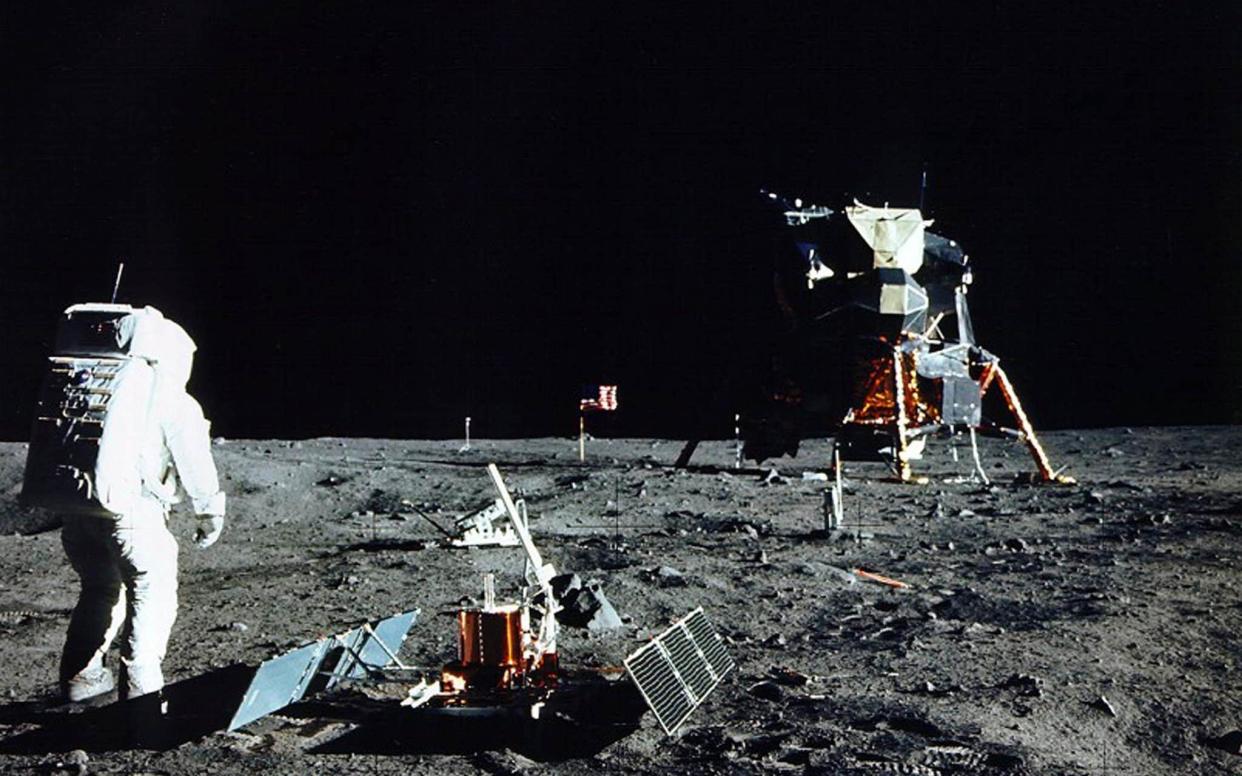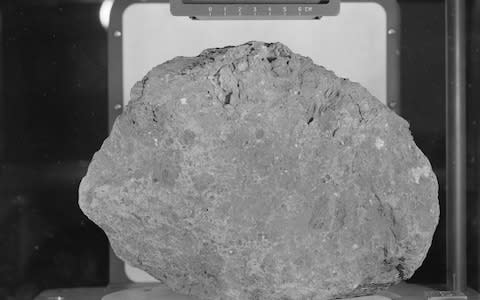Earth's oldest discovered... on the Moon

Scientists have identified what they believe is the Earth’s oldest known rock - but revealed that it came from out of this world.
Nearly 48 years after Apollo 14 returned from the moon with a cargo of collected rocks, geologists have established that at least one of them originated 20 km below the Earth’s surface.
In a new study, they describe how they believe the two gram fragment was hurled into space during a massive asteroid strike around four billion years ago, subsequently striking the Moon and coming to rest on its surface.
The rock is composed of quartz, feldspar, and zircon, all commonly found on Earth and highly unusual on the Moon.
“It is an extraordinary find that helps pain a better picture of early Earth and the bombardment that modified our planet during the dawn of life,” said Dr David Kring, from the Lunar Planetary Institute.

The rock crystallized about 20 kilometers beneath Earth’s surface 4.0-4.1 billion years ago, making it arguably the oldest known to geologists.
It was then excavated by one or more large impact events and launched into cislunar space.
Previous work by the team showed that impacting asteroids at that time were producing craters thousands of kilometers in diameter on Earth, sufficiently large to bring material from those depths to the surface.
“By determining the age of zircon found in the sample, we were able to pinpoint the age of the host rock at about four billion years old, making it similar to the oldest rocks on Earth,” said Professor Alexander Nemchin, from Curtin University in Australia, who also took part in the research.
“In addition, the chemistry of the zircon in this sample is very different from that of every other zircon grain ever analysed in lunar samples, and remarkably similar to that of zircons found on Earth.”

